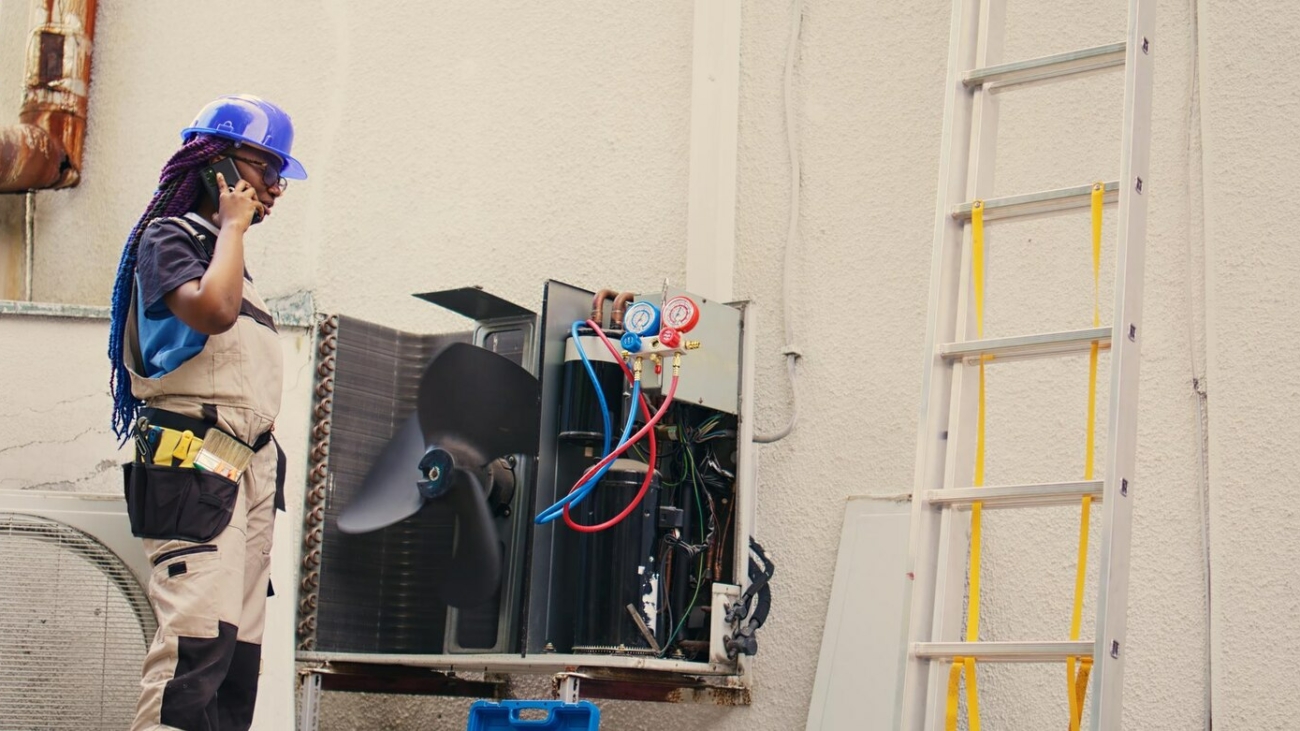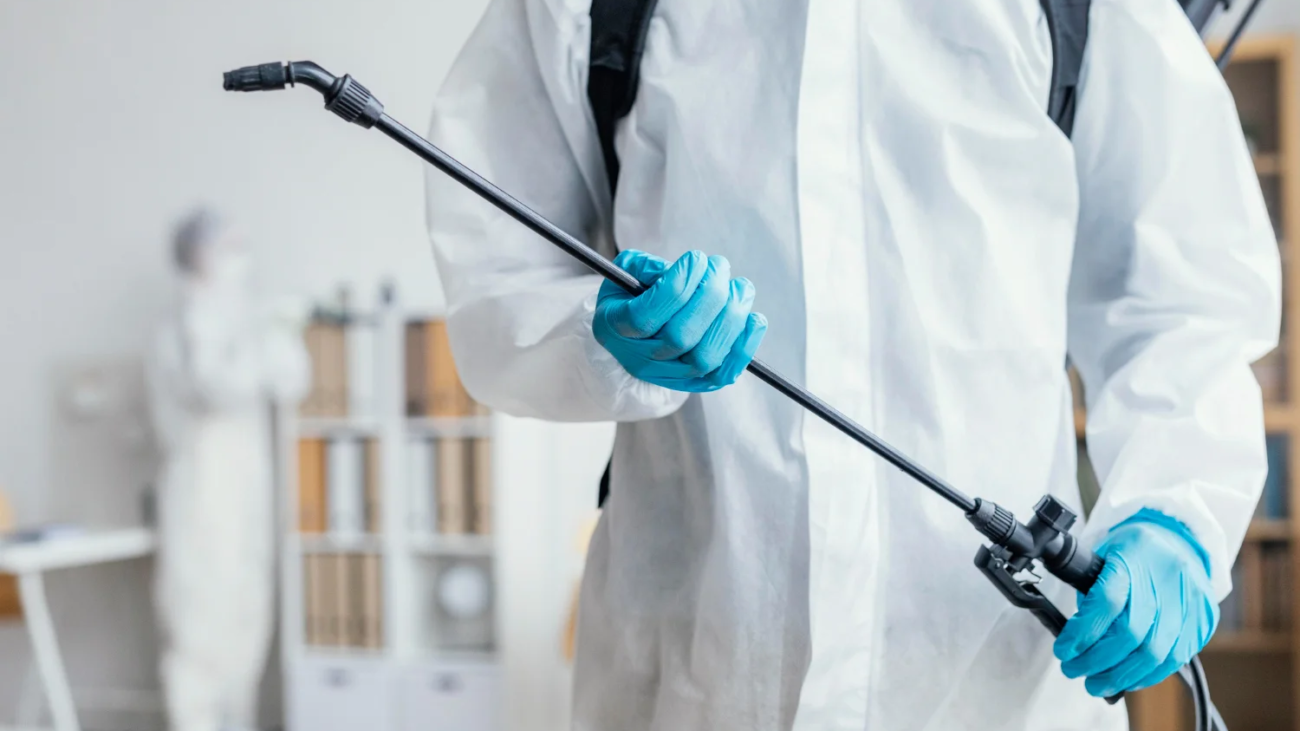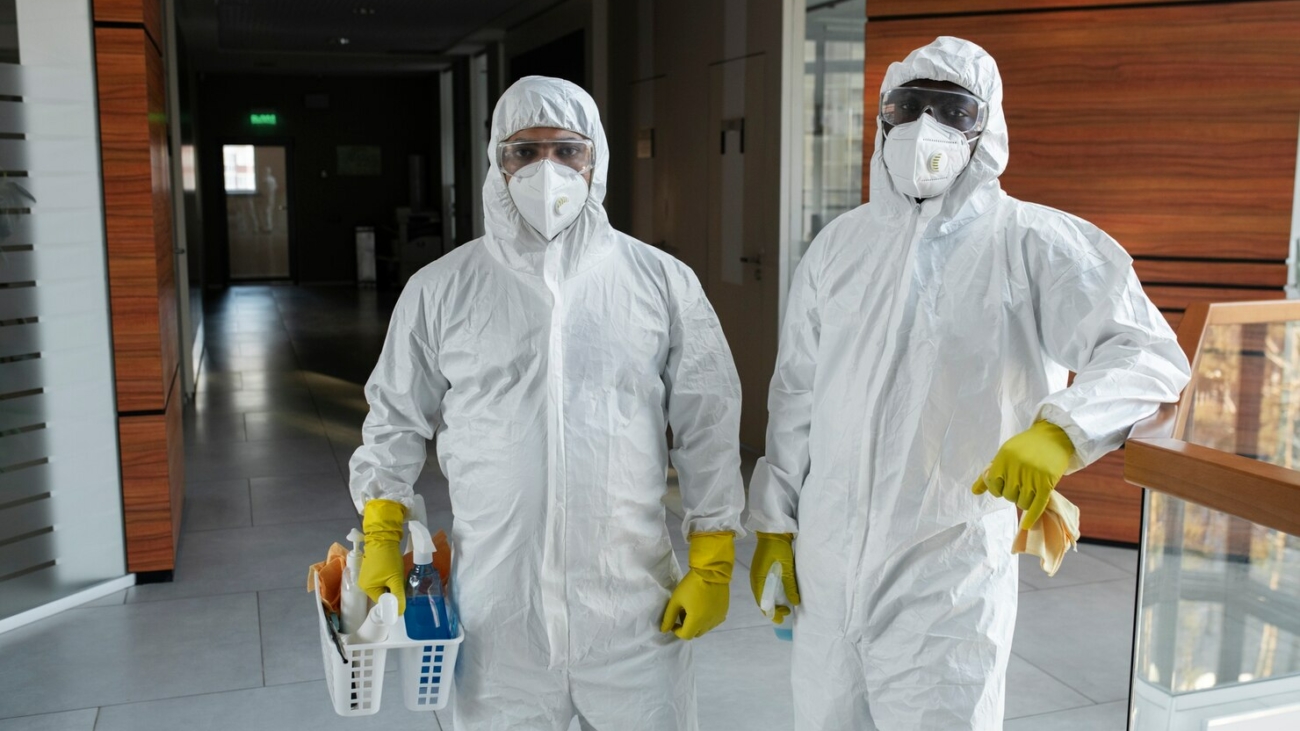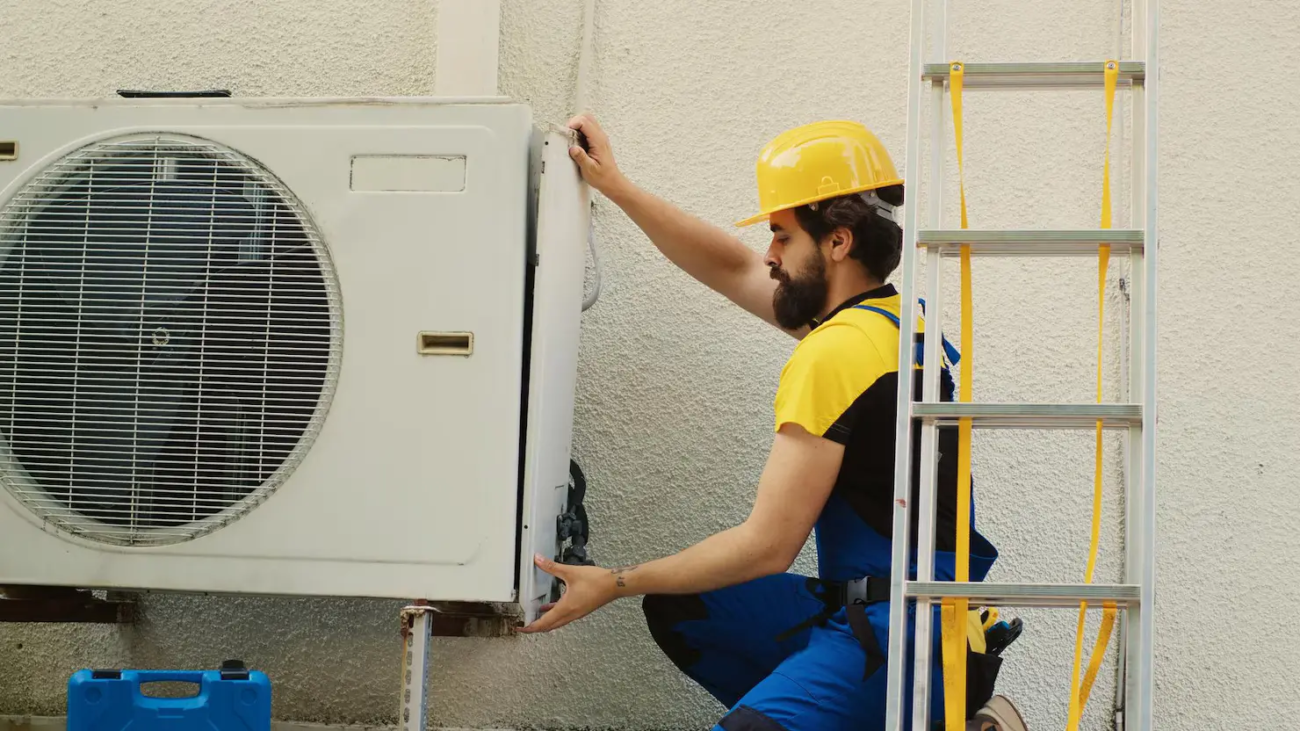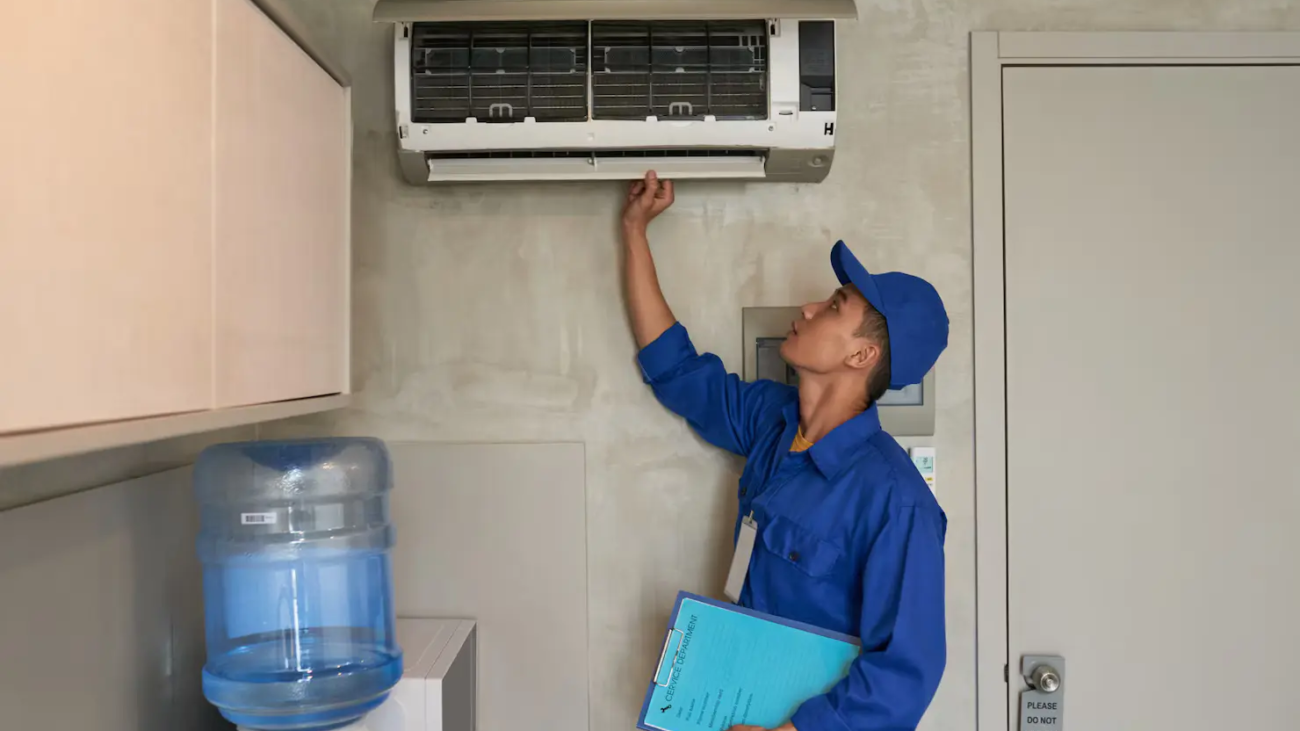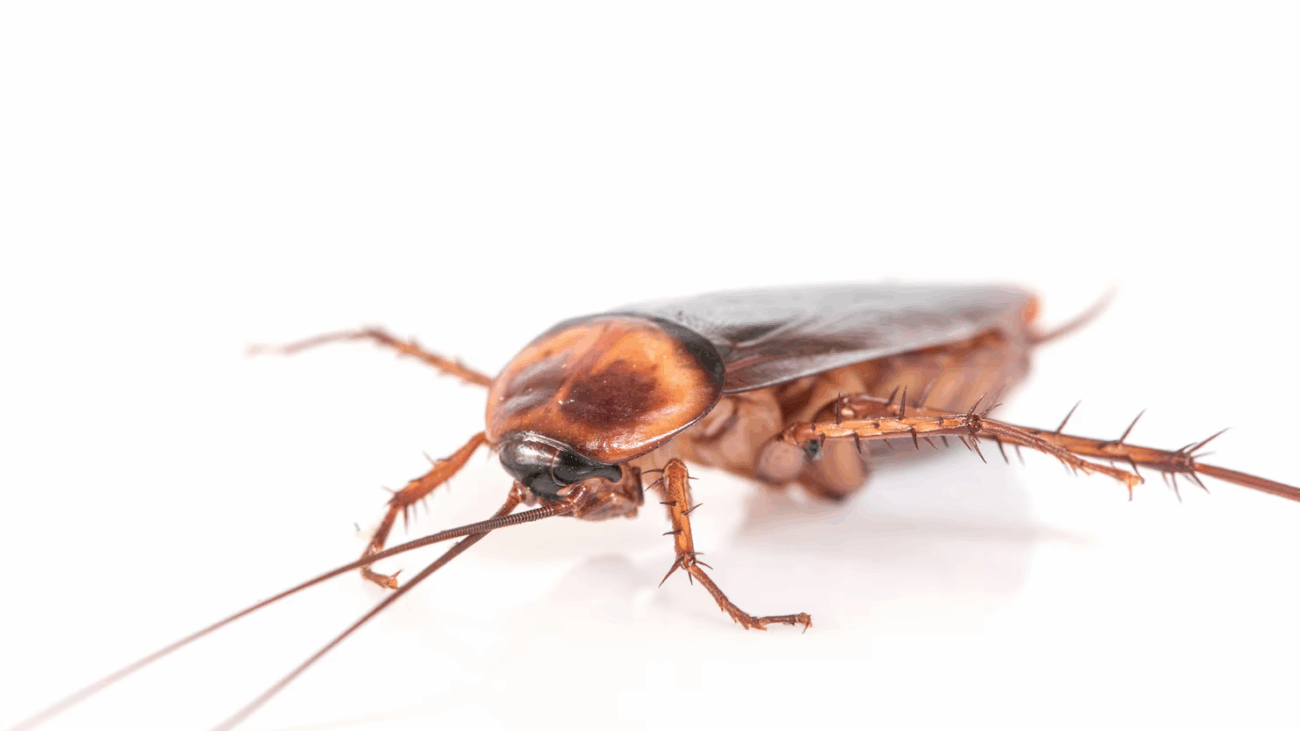Do you find your air-con taking longer to cool your room, or is your current air-con not as efficient as before? For the hot and humid climate in Singapore, air-con servicing is an essential part of ensuring that your homes stay comfortable and energy-eff ...
Why Professional Rodent Pest Control Is a Must for Singapore Homes
Have you spotted small droppings in the kitchen and chewed wires in the living room? Have you ever wondered how rodents manage to infiltrate homes in Singapore? MET is well aware of the stress and health danger posed by mice and other kinds of rodents. To ...
Everything You Need to Know About Bed Bugs in Singapore and How to Prevent Them
Itchy bites making it hard to sleep? Or are you concerned that there might be something lurking inside your mattress, couch, or suitcases? Maybe bed bugs in Singapore are closer than you think. At MET Singapore, we realize the frustration and discomfort t ...
How to Deal with Cockroach Infestation in Singapore Effectively
Are you fed up with finding pesky pests crawling within your home and/or business environments in Singapore? Concerned about the potential for hygiene and safety risks and the rapid recurrence of the problem? MET Singapore understands and shares these anx ...
Air Conditioning Repair Near Me: What to Expect and How to Prepare
Is your air conditioner not cooling as well as it used to? Have you been searching for "air conditioning repair near me" and wondering what to expect? MET understands how important a well-functioning aircon is for your house or office in Singapore. With y ...
How to Choose the Right Pest Control Service in Singapore for Your Home
Have you been plagued by sudden ant trails in the kitchen? Are cockroaches appearing even with housekeeping always being on your agenda? Or maybe you've noticed strange scratching noises at night? It is at these moments that most homeowners start their se ...
Why You Should Schedule an Aircon Chemical Wash Every Few Months
Have you ever noticed how your aircon is struggling to cool your home or office? Or do strange odors and uneven cooling make you wonder if your air conditioner is actually functioning right? MET understands how important an effectively working aircon is, ...
The Importance of Regular AC Service and Repair to Keep Your Home Comfortable
Ever wonder why your air conditioner is not cooling as effectively as it used to? Are you tired of AC breakdowns in the middle of hot, humid days in Singapore? At MET, we understand how important an appropriately working air conditioner is for comfort in ...
How to Find Reliable Aircon Servicing in Singapore for Long-Lasting Cooling
Ever wonder why your air conditioner does not feel as cool as before, even when you have cleaned the filters? Or perhaps why some aircon servicing in Singapore lasts longer than others? At MET, we understand how frustrating it can be to deal with unreliab ...
What Diseases Spread by Cockroaches?
Have you ever caught a glimpse of a cockroach scurrying across your kitchen floor in the middle of the night? That one lone cockroach could be an indication of a bigger cockroach problem in Singapore. Here at MET, we understand how distressing it is to fi ...

